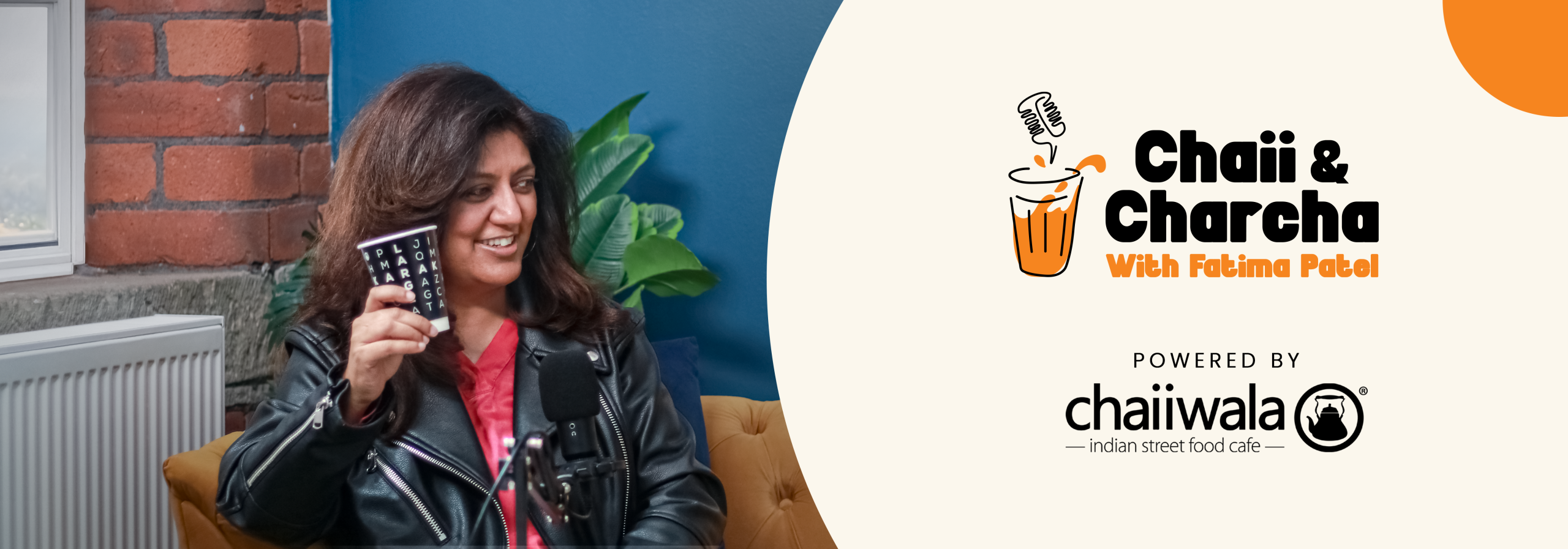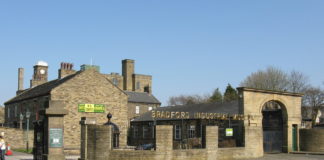Bradford Industrial Museum has had to close for a week due to a Covid-19 case.
Staff at the museum need to follow NHS advice to self-isolate. This means it has been necessary to close the Bradford Council-run museum with immediate effect.
The museum will reopen as normal at 10am on Thursday 19 August.

Bradford District’s other museums and Galleries at Cliffe Castle Keighley, Cartwright Hall Manningham and Bolling Hall West Bowling remain open: 10-4 Wednesday to Friday; 11-4 on Saturday and Sunday. Admission to all Bradford Council museums is free.
Cllr Sarah Ferriby, Portfolio Holder for Healthy People and Places, said: “When there is a case of Covid-19 we have to follow national guidelines for the safety of staff and visitors, so we have had to close the museum. We hope that people understand the situation.”
Moorside Mills was built around 1875 as a small worsted spinning Mill by John Moore. Ownership of the mills changed many times, and they developed and grew. In 1970, Bradford Council bought Moorside Mills from Messrs. W & J Whitehead to create an innovative museum.
Bradford’s Industrial Museum has permanent displays of textile machinery, steam power, engineering, printing machinery and motor vehicles, along with an exciting exhibitions programme. Visitors can enjoy the splendour of Moorside House where the mill manager lived, or visit the mill-workers terraced houses dressed to reflect three different time periods.
Still open to the public with Covid-secure measures in place throughout the Museum for the safety of all, Cliffe Castle in Keighley was originally the home of Victorian millionaire and textile manufacturer, Henry Isaac Butterfield. Completed in the 1880s the building was funded by the Butterfield family’s industrial empire which included wool textile mills and a shipping business that took British goods to Europe, America and China.
The completed house was a showpiece of international art and French decoration. It was the scene of many glittering social events. Butterfield family connections included the Roosevelt’s of America and members of the court of Napoleon III.
In the 1950s the Castle was bought by Sir Bracewell Smith, a local man who became Lord Mayor of London. Sir Bracewell used architect Sir Albert Richardson to turn Cliffe Castle’s gardens into a grand public park and remodelled the Castle to be a free museum for the people of the district.
In recent years Cliffe Castle has undergone a major restoration. Visitors can see sparkling Victorian rooms and furniture, paintings, and decorative art.
Special galleries deal with natural history, archaeology and social history, all of which can be seen on visits to the castle. along with the internationally important display of stained glass by Morris and Co.




